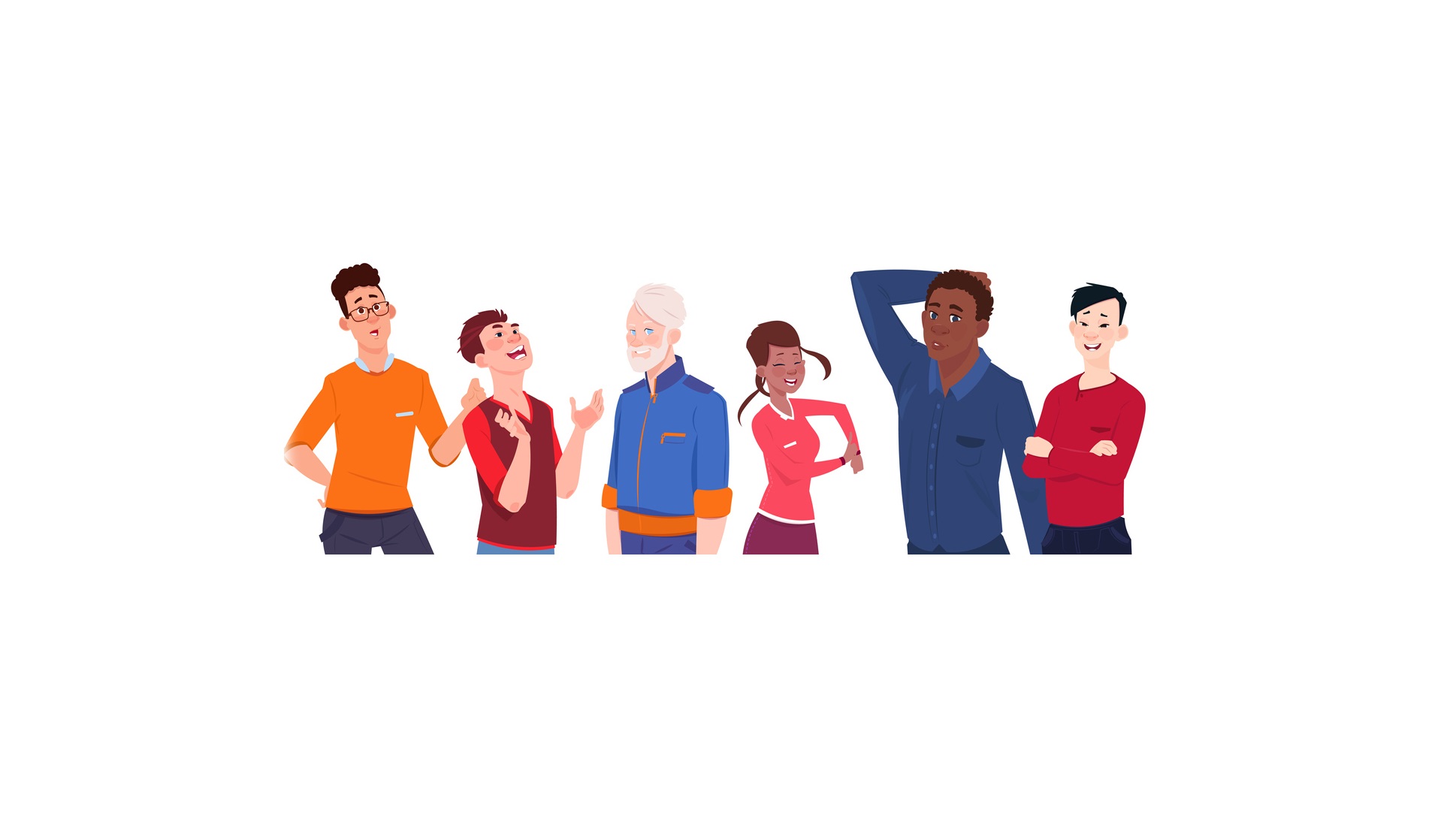Why Diversity Needs to Include Age, Now!

Before taking my first job in advertising some many years ago, I was forewarned that it was "a young man's business" -- i.e. if I was looking for a long-term career in one industry, I would be better served by looking elsewhere. Since then, our industry has made considerable progress on the gender aspect of this statement, but regrettably we're still a "young person's business." For all that the advertising and media business has done -- and will do -- to promote workforce diversity, our efforts to be inclusive are still excluding people of age. We live in the age of aging and there's never been a better time to diversify our definition of diversity to leverage the power of people of age.
While many companies address diversity to achieve compliance standards, enlightened organizations also embrace diversity to accomplish business goals. Experts like McKinsey have proven that there's a correlation between achieving diversity (gender and ethnically/culturally diverse leadership) and creating business value and profitability. MediaVillage recently published a well-researched white paper The Case for Education and Diversity as Core Pillars of Business Growth and hosted a Leadership Conversation focused on ageism in the advertising business.
In advertising and media, the business case for diversity is very straightforward. That is, the better we are at mirroring the complexion of the consumers we're creating for, the better we are at creating truly effective consumer-inspired communications. But historically, our industry's definition of diversity has been limited to gender and ethnicity, to the exclusion of age. While there's still important work to be done on our gender and ethnicity initiatives, the business case for addressing ageism has never been more compelling. Now is the time to embrace age and here's why:
Age is where the money is.
While there's a subjective bias to believe that there's more opportunity in marketing to youth, the statistics tell a different story. With more people living longer, better lives than ever before, the U.S. now has 106 million people aged 50+ -- and the total value of all economic activity associated with them is $7.1 trillion dollars a year. Seen as GDP, that's larger than the economies of Brazil, Russia and India combined ($6.3 trillion) and larger than any other country’s total economy with the exception of China. If you're an advertising or media agency that's in the business of creating value for its clients, you can't possibly ignore the enormous and underleveraged potential in prioritizing older consumers. To do so, you're going to need to have highly specialized teams that understand the unique and irrational needs of people of age. You are going to need to hire older employees who understand the consumer they're creating for because they're living their lives. When you hire the right talent for the opportunity at hand (the aging of the market) you will also be solving for the social injustice of aging in the agency business. This is clearly one of the smartest win-wins in the business today.
The "juniorization" trend must be reversed.
In the recent Leadership Conversation on ageism in advertising and media (referenced above), Jack Myers cited research that 62% of agency personnel have less than eight years of experience, increased from 40% a decade ago. This is one of the symptoms of the "juniorization" of our industry, a trend that has been driven by relentless cost pressure coming at a time of low growth. Since client demands have remained largely unchanged, the only way to cost-effectively get the work done has been to hire younger, less expensive talent. While the justification for hiring younger people is that they're the digital natives we need to master modern touchpoints, this rationale is masking a deeper, more concerning trend for our industry, i.e. eroding capability. It's time for us to put a stake in the ground to reverse the downward spiral of "juniorization" by hiring back older talent that brings essential experience and wisdom to the creative mix. Hiring people of age will help us to do three things at once: 1) reverse the trend toward less experience, 2) have talent that mirrors the complexion of today's aging consumer mix, and 3) take a step in the right direction on ageism. If this is the right thing to do for all these reasons -- and I believe it is -- the money challenge will figure itself out along the way.
We're in the business of differentiation.
While we're in the business of finding creative ways to differentiate our clients' brands and businesses, we've never been good at doing it for our own agencies. While it's easy to blame clients for our cost pressure, we may have brought it on ourselves by letting commoditization blur and de-value our offerings. This is the world I left when I founded BoomAgers nearly a decade ago, opting to become a true specialist that could add meaningful value to our clients' businesses. To do so, we staff our agency differently (our average age is 53), we work differently and we've generated best-in-class results. Regardless of what your agency does, you should be motivated by the goal of working differently to get different results. Since we're a human capital business, that's going to mean working with different people. In a recent column, I suggested that our industry consider teams made up of "young minds and old masters" so they could get the best of both worlds from young, imaginative digital natives and older creatives whose vast experience brings wisdom to the creative mix. It's another example of how you can apply the skills of older talent, not just to check the ageism box but to build a highly differentiated operating model that can generate break-out results in a commoditized business.
The business case for ageism means that the people at your agency who are responsible for growth need to take it on. In my many years in the business, the diversity challenge has always fallen on the human resources department. In this sense, improved diversity has been seen as a hiring task -- i.e. recruiting more, different people. Take nothing away from the highly talented people who lead your personnel efforts, but diversity actions like ageism need to be an organic motivation for everyone in your organization. It won't succeed if it's just another project on the to-do list. Instead, it needs to be driven by a shared, fervent belief that adding older talent to the mix will drive a different and better type of creativity for the general market.
While these are all the right intentions, we all know that change is never easy. When dealing with deep-rooted systemic change like ageism, the best way to make meaningful long-term change is to focus on small, marginal changes in the near term. With this in mind, start with the small things that come easily and can be done well, and sustain your commitment to the task over time. You'll be amazed by how far you can go by taking a small step every day for years!
Photo courtesy of BoomAgers
Click the social buttons above or below to share this content with your friends and colleagues.
The opinions and points of view expressed in this content are exclusively the views of the author and/or subject(s) and do not necessarily represent the views of MediaVillage.com/MyersBizNet, Inc. management or associated writers.


